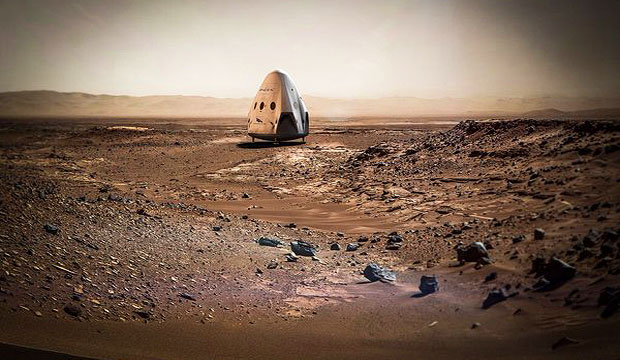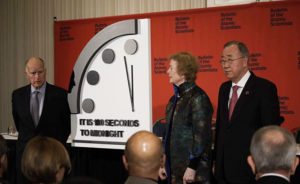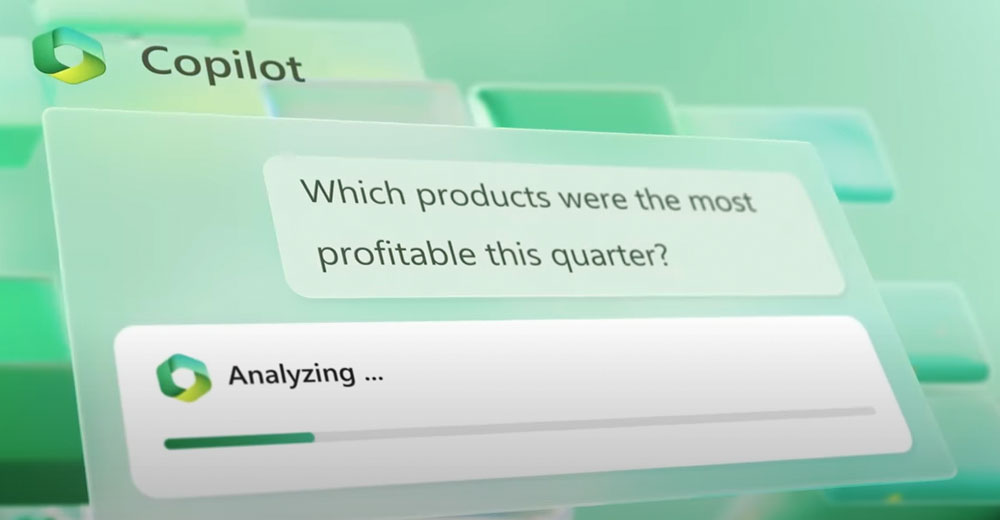Elon Musk fleshed out his vision for establishing the first colony on Mars in an interview published Friday in The Washington Post.
As soon as 2018, Musk’s SpaceX venture could launch an unmanned spacecraft to the red planet, he told the paper, and that could be followed by future unmanned flights every two years — timed for when the Earth and Mars orbits position the planets closest together.
A cargo route to Mars would need to be established in advance of any manned trip, Musk said, and he compared the supply trips to trains leaving a station at regular intervals. They would be necessary to deliver the critical infrastructure to Mars that astronauts would need later.
The goal of those efforts would be to set the groundwork for the first human mission to Mars in 2025. The first unmanned missions would be sent to conduct science experiments and to deliver rovers to the planet to do basic exploration.
SpaceX Marks the Spot
What could be a barrier to overcome is that SpaceX is a private company that lacks the resources of a government agency. NASA has promised to help with technical support for the planned 2018 mission, but that would not include footing the bill.
There are plans for an official government-supported mission to Mars in the 2030s, NASA has indicated, but there are members of Congress who would prioritize a return to the moon over venturing to another planet, as the Post pointed out.
A SpaceX journey to the red planet likely would utilize the firm’s Dragon spacecraft boosted into space by the Falcon Heavy, which is powered by 27 first-stage engines. The Dragon is larger than any man-made object that has yet to land on Mars, but it would be just the first of several follow-up missions that would deliver more — and potentially larger — craft that would contain the critical infrastructure to support a manned mission.
“Launching infrastructure-building space missions to Mars and taking advantage of every launch window would be essential for establishing a sustainable program,” said Mike Gruntman, professor of aerospace engineering and systems architecture engineering at the University of Southern California.
“Similarly, weather conditions allowed [ships to sail] to North America from Europe in the old days,” he told TechNewsWorld.
Going the Distance
Given that at their closest, Earth and Mars are still separated by 140 million miles, it would be a difficult trip for humans to make — one that could last several months. It’s unlikely that all the necessary supplies go with the first potential colonists. The infrastructure would have to be delivered in advance, possibly over the course of a decade or more.
“This is absolutely enabling future manned flights to Mars,” said Thomas H. Zurbuchen, a professor of space science and aerospace engineering at the University of Michigan.
“This is how those important components for future manned missions will get to Mars; if you want to go to another planet, you’re going to need to drop off the stuff along the way,” Zurbuchen told TechNewsWorld.
“Making such cargo missions routine will pave the way for a mission with humans,” USC’s Gruntman added.
The Martian Colonies
Musk’s goal isn’t just for human astronauts to visit Mars — as Apollo astronauts visited the moon in the late 1960s and early 1970s — but rather to establish a permanent settlement there. The goal is eventually to build a city, Musk said.
The program will begin with the cargo train strategy. With renewed interest in space exploration, there could be competition to get to Mars, setting off a new space race.
“There is new development within NASA, and the fact that private companies are involved makes it more realistic than it was just five years ago,” explained U-M’s Zurbuchen.
“We have the heavy launch capabilities already, and this could provide the supply route and support needed for a colony,” he added.
“The reality is that this technology has been promised for decades, but finally the technology is catching up with the promise,” said Scott Steinberg, principal analyst at TechSavvy Global.
“The question becomes how rapidly the technology is developed, and whether the costs are such this mission could be accomplished,” he told TechNewsWorld.
Decades Away
Musk’s timetable, with a 2030s goal for establishing a Martian colony, might be too ambitious — given that much of the technology to get to Mars still hasn’t been developed — but the larger issue may be who will foot the bill for it.
“It is all well and good for Musk to promise the wagon train to Mars, but it isn’t clear how long it will take for it to really come to fruition,” said Steinberg.
“Baby boomers and gen-xers have been talking about going to Mars for years, so bully for them if they can pull it together and get there by 2030,” he added.
“We are creating a new space exploration program, but this is still the early years,” Steinberg emphasized.
“The 2030s are really just around the corner, and this will require focus and partnership,” noted Zurbuchen.
“A lot could depend on who next occupies the White House,” he suggested. “Missions like this take longer to accomplish than a single presidential term, but more importantly these require more money than is available right now.”






















































Growing up as a kid watching Star Trek, Lost in Space, and all of the Sci-Fi movies of the 50’s, 60’s, and 70’s always led to dreams of space travel and people from earth exploring and living on other planets. Unfortunately the older we got, at least for me anyway, the less likely this seemed to ever happen. Then with our space program in moth balls I told my son, who grew up watching everything I did, thanks to DVD’s and the Internet, that nothing close to our day dreams would ever come to fruition in my or his lifetimes. Now with this announcement from Musk it sounds as though I will happily have to eat my words. Reading this article brings back the surreal feelings that I felt watching my first episodes of Star Trek when I was a child. If someone from the private sector wants to pick up the ball and get things going for an eventual colony on Mars, one that we can all see light at the end of what’s been a very, very long tunnel, then the government should pick up the difference in the bill. Not only helping to realize the dreams and fantasies of millions of people, but an eventualitie that future generations will be forced to deal with when this planet can no longer support its population for a plethora of reasons. As I sat here reading this article, I’m watching an episode of Wagon Train on TV. The episode that explains how challenging and dangerous a wagon train from St. Louis to California can be, "The Horace Best Story", what a more perfect setting to read about the future wagon trains into the stars.